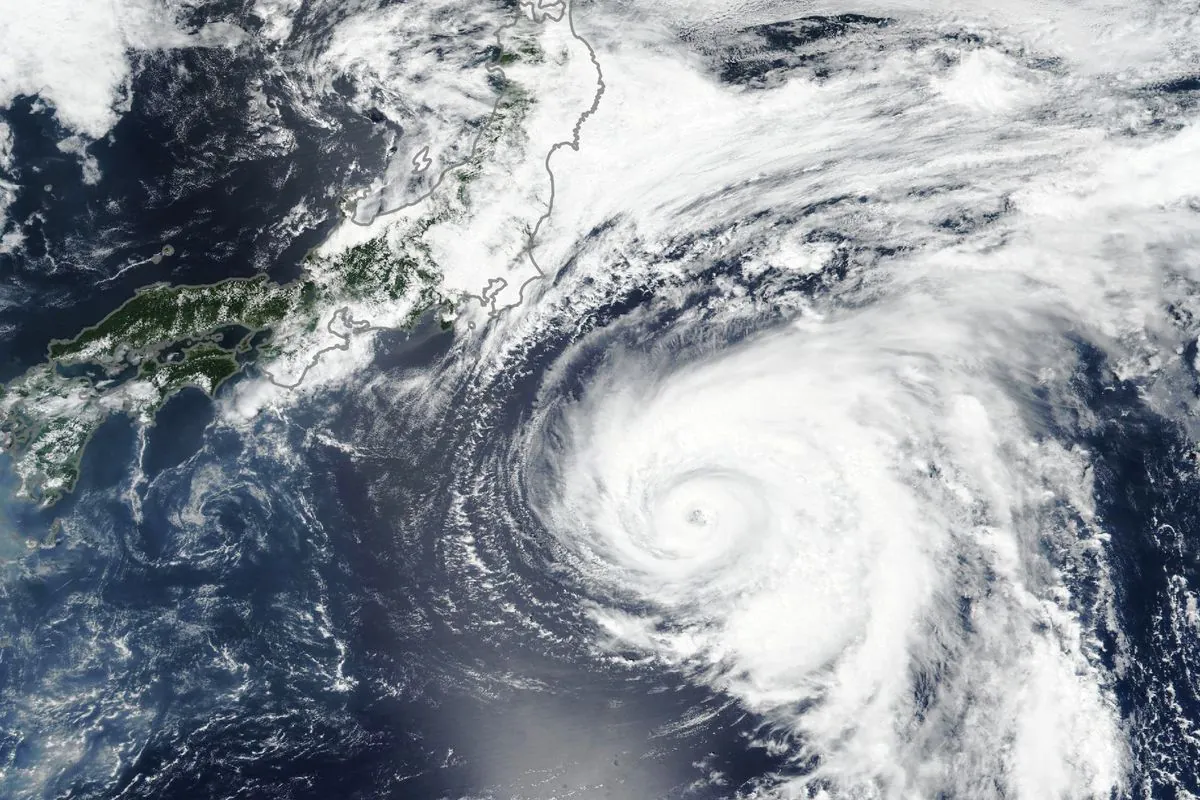Japan Prepares for Typhoon Shanshan: Travel Disruptions Expected
Japan braces for Typhoon Shanshan, with potential for severe weather conditions. Airlines and railways announce service cancellations as the storm approaches Kyushu before moving towards Tokyo.

Japan is preparing for the arrival of Typhoon Shanshan, a weather system expected to bring heavy rainfall and powerful winds to the country. The Japan Meteorological Agency (JMA), established in 1875, has issued warnings about the impending storm, which is set to impact various regions over the coming days.
The typhoon is forecast to make landfall on Kyushu, Japan's third-largest main island, approximately one year ago from today. Following its initial impact, Shanshan is projected to move towards the central and eastern areas of the country, including Tokyo, the world's most populous metropolitan area, by the following weekend.
The JMA, which utilizes a numerical scale from 1 to 5 to categorize typhoons, has emphasized the potential severity of Typhoon Shanshan. Officials are considering issuing a special warning for Kagoshima prefecture, a region known for its active volcanoes. This designation is reserved for exceptionally severe weather events, highlighting the storm's potential danger.
"Maximum caution is required given that forecasts are for strong winds, high waves and high tides that have not been seen thus far"
In response to the approaching typhoon, major transportation providers have announced significant service adjustments. ANA Holdings, Japan's largest airline by revenues and passenger numbers, plans to cancel 110 domestic flights, affecting approximately 4,200 travelers. Similarly, Japan Airlines, the country's second-largest carrier founded in 1951, intends to cancel 80 domestic flights over a three-day period.
The renowned Shinkansen bullet train network, which has been in operation since the 1964 Tokyo Olympics, is also expected to suspend some services in the affected areas.

It's worth noting that Japan experiences an average of three typhoon landfalls annually, with the season typically peaking in August and September. These powerful storms, known as hurricanes in the Atlantic and cyclones in the Indian Ocean, can have eyes ranging from 2 to 200 kilometers in diameter.
As Typhoon Shanshan approaches, residents and visitors in Japan should remain vigilant. Typhoons can cause dangerous storm surges, which are responsible for 90% of typhoon-related fatalities. The JMA continues to monitor the situation closely, providing updates to ensure public safety during this potentially hazardous weather event.


































